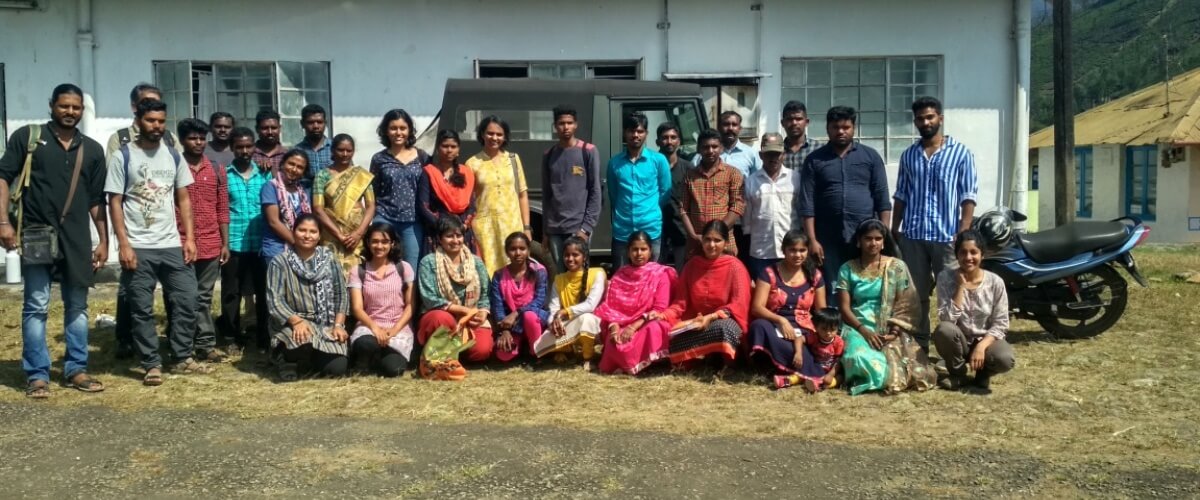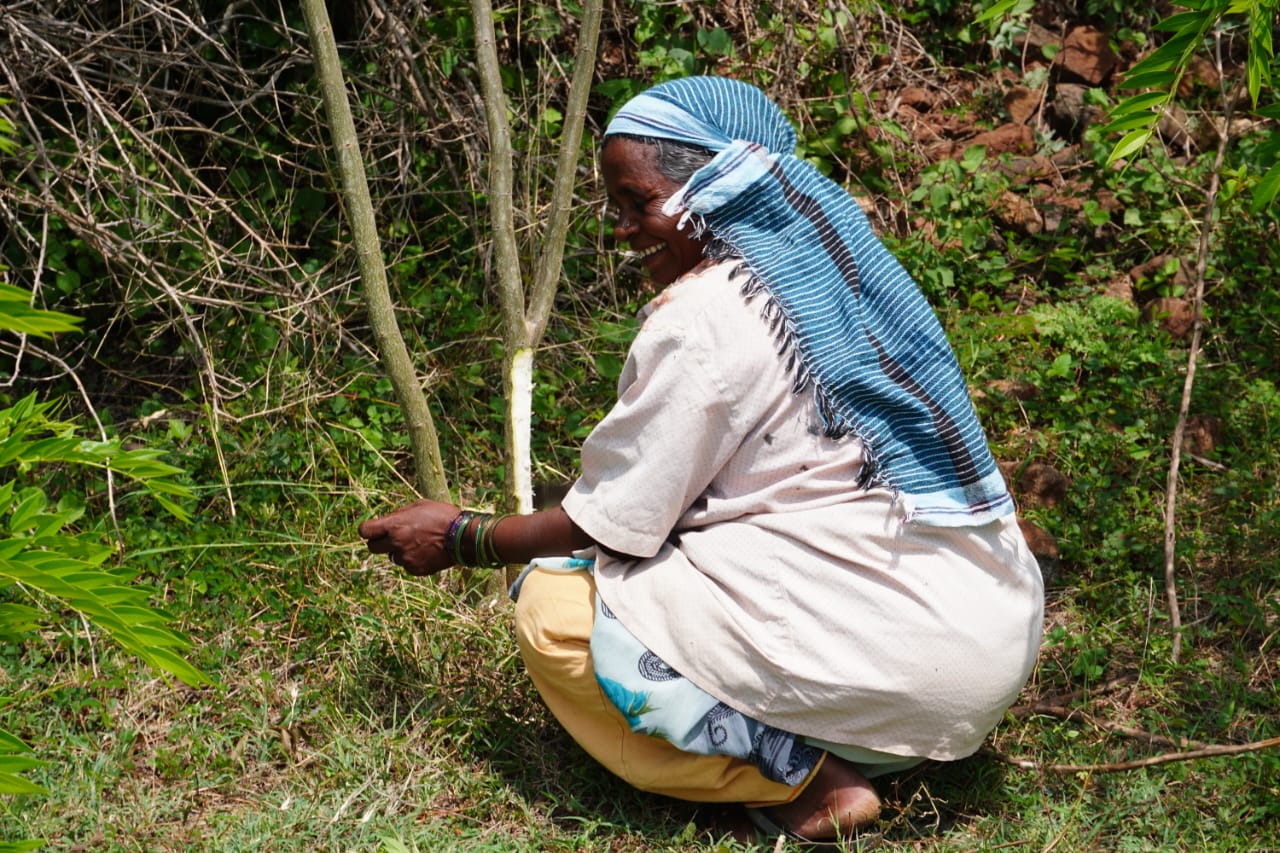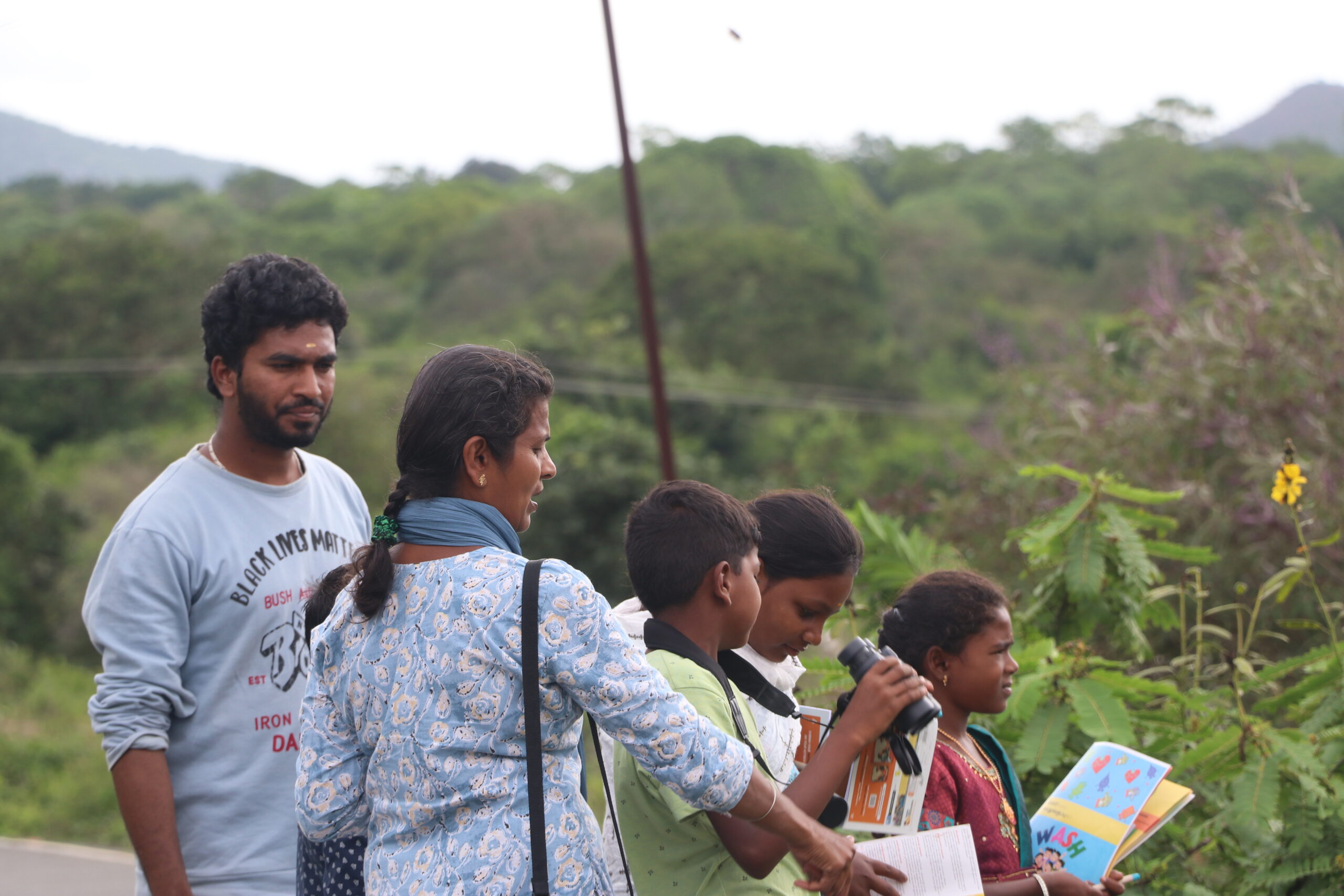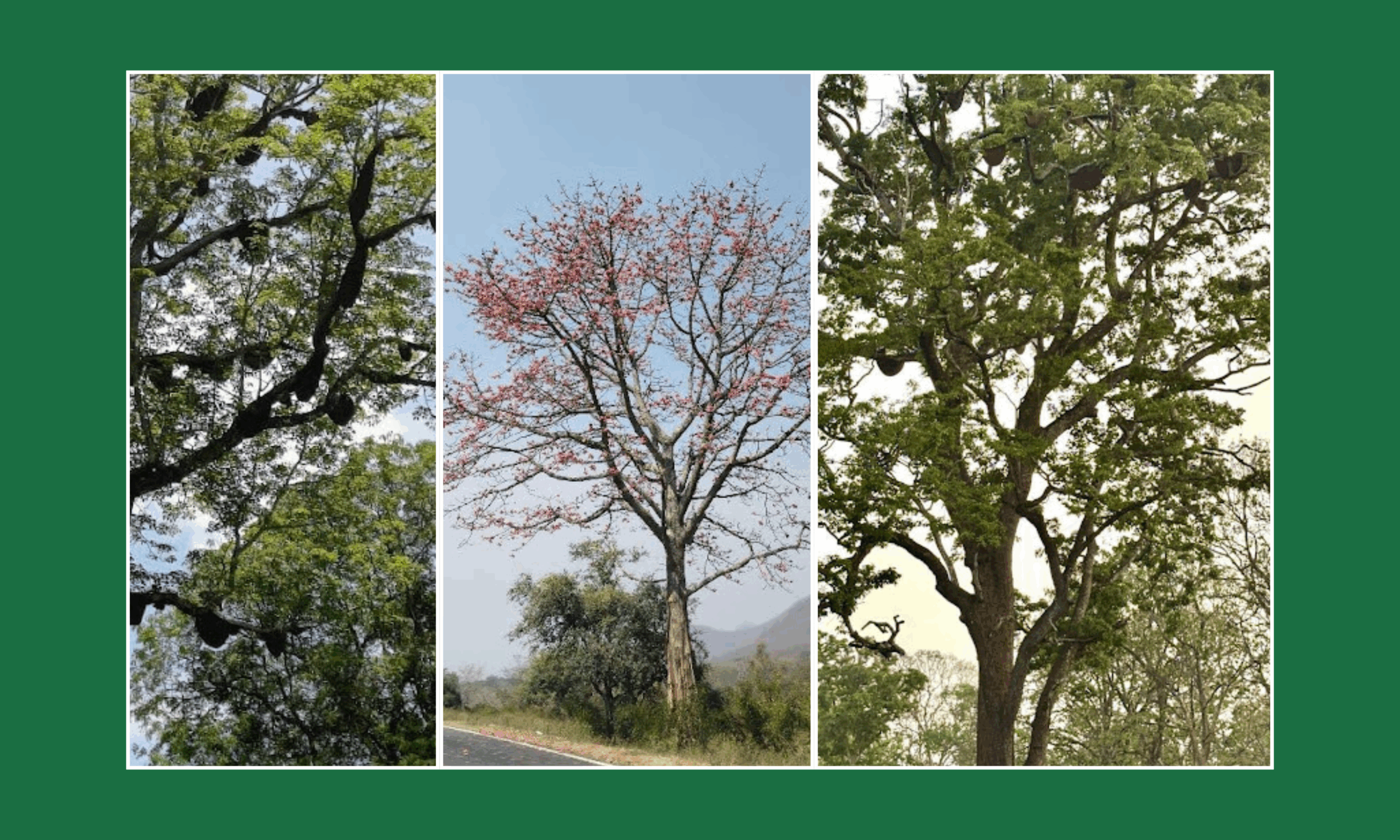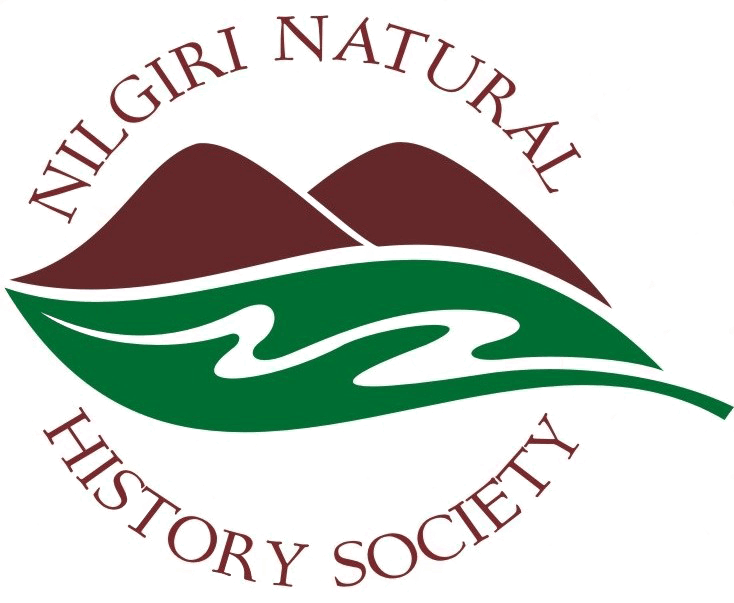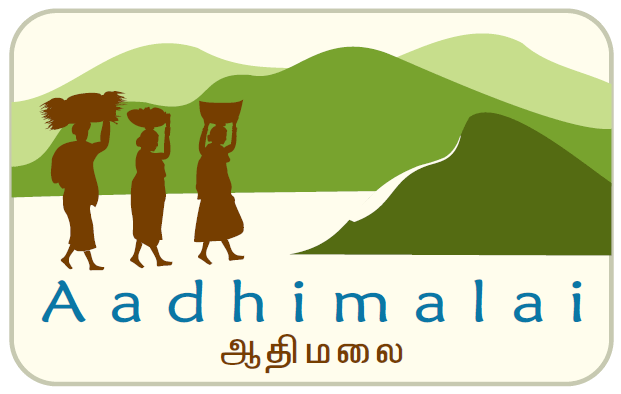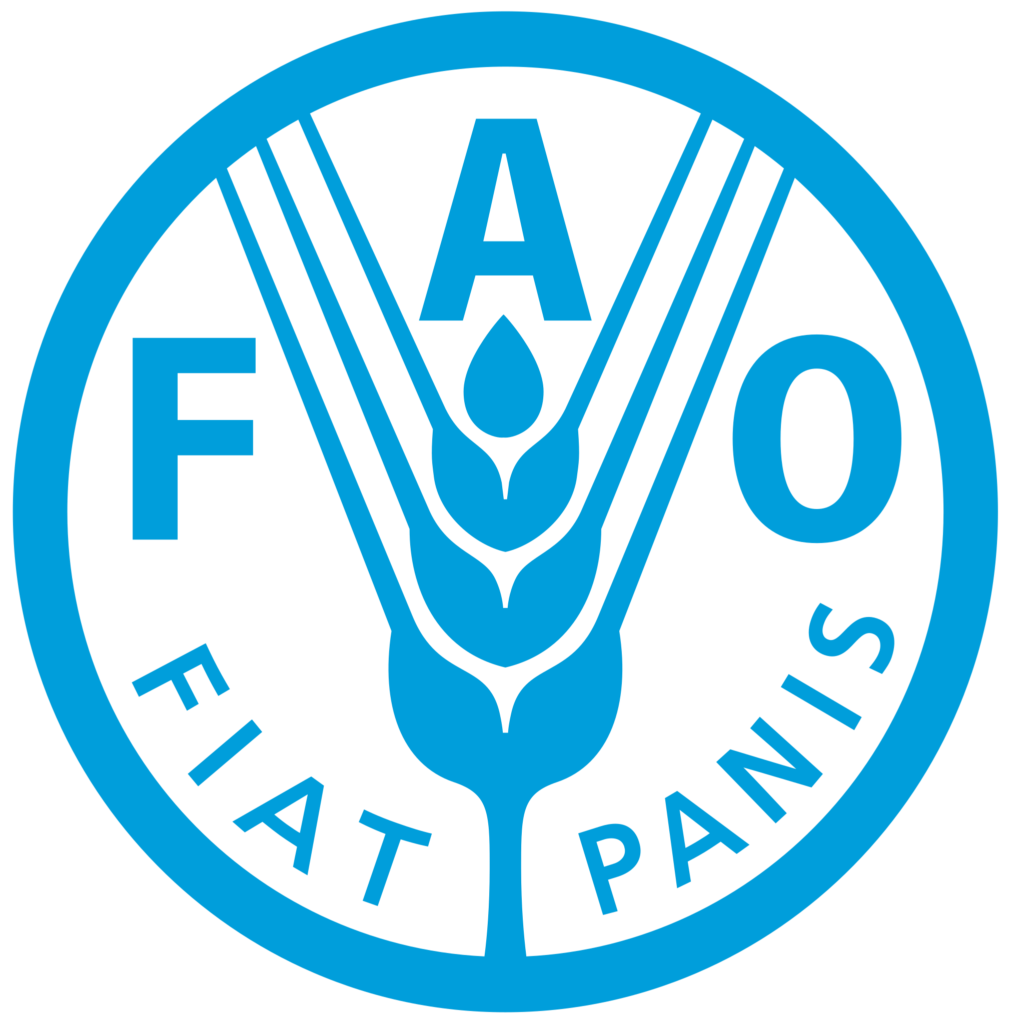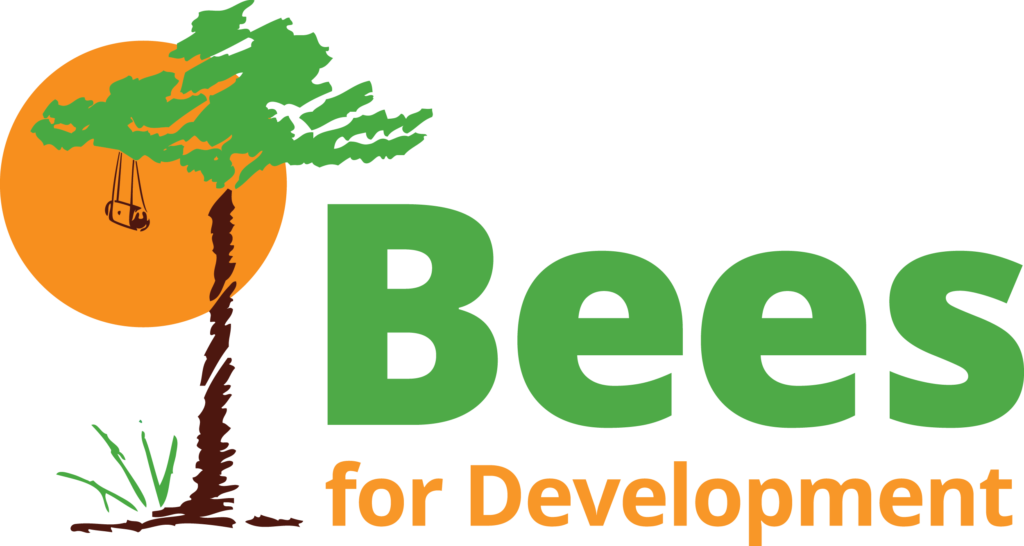At the heart of our project “Hill Water & Wetlands for Communities and Wildlife” is a commitment to confer and consult with the local communities in the areas chosen for interventions. Community Stewardship plays an important role in the governance and implementation of all components in the project – Wildlife & Water monitoring, Eco-restoration, advocating for Organic farming with local farmers, and so on. Their role also includes creating opportunities for other community members to be a part of the decision-making process.
Enhancing their (Community Stewards) capacities to understand how similar interventions are carried out elsewhere could improve their insights. A four-day exposure trip was planned to the Nature Conservation Foundation (NCF) field center in Valparai.
NCF is a wildlife conservation and research organisation that has projects all over the country. The landscape and wildlife found in Valparai are similar to that found in Kotagiri drawing parallels in the work carried out by the Valparai NCF team and the Keystone Foundation Biodiversity Management & Restoration team.
The Keystone team set out to learn about the differences and similarities of the landscape, biodiversity, people and more importantly- the work done. While the 5th of January was spent on the road, there was still a lot learned from our journey through the windows of our vehicle. Just keeping an eye out for the change of landscapes through forests and countrysides helped the group to identify similarities and differences which kept coming up over the entire trip.
On the 6th morning, we were greeted by the NCF team and were rightly informed about the work carried out in Valparai through a tour in the information centre set by them in a private tea estate property- Parry.
With a mix of exemplified illustrations, animated maps and intricate artwork, Indira (the education resource person) took us on a journey through the Valparai landscape by highlighting the culture and biodiversity. Just outside the information centre was a fern garden set up to prevent soil erosion as well as show the diversity in ferns found around Valparai.
Soon after, a quick round of introduction was done by everyone followed by an introduction to NCF, given by Shankar Raman- a senior researcher at NCF. Chandrasekar (field assistant) and Moorthy (community steward) then introduced the NCF staff to the work Keystone are doing under the HCL project.
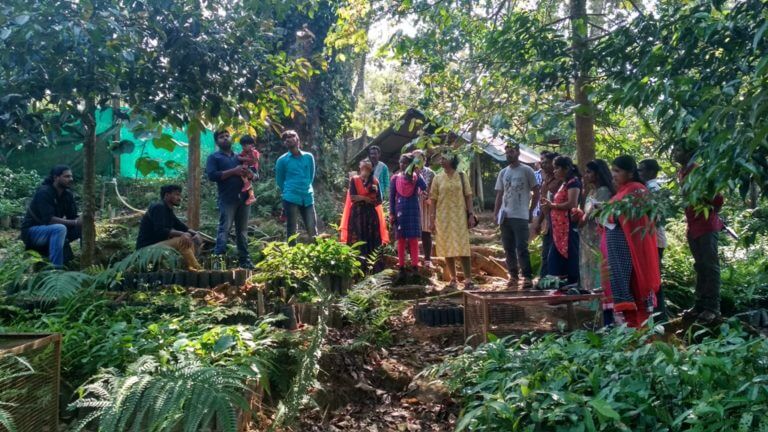
With a mix of videos and presentations, the work done under restoration and human-wildlife interactions were elaborated. By working closely with the local forest department, NCF was able to gain access to data that helped their research to mitigate human-wildlife conflict.
To get a better understanding of the kind care taken of saplings planted to restore fragments, a visit to the rainforest nursery set up by NCF in partnership with Tata Coffee limited was planned. The saplings are raised and tended to for at least 4 to 5 years depending on species- before they are planted in restoration sites.
The land restored in one of the Tata sites was originally a Eucalyptus plantation, which is what still remains on the other side of the road as seen in the picture on the left. These plantations are used to provide fuel to the private tea estates.
We got to see one of the sites where early warning red signal posts were put up to inform people around about the whereabouts of elephants. Proactive members of the communities are identified to set off the light just by three rings from a cell phone, apart from sending off bulk SMS’s to registered people around the vicinity. So far, about 2400 families are registered and 25 posts have been set up. This mechanism has proved to have minimised negative interactions between humans and wildlife as no deaths over this cause were reported last year.
On the 7th morning, we set out to do some wildlife watching on the way to the newer restoration sites. On our journey back to newer restoration sites- there was sudden news that elephants were sighted so we rushed to the site. On the way we came across a forest fragment which was privately owned- over 100 acres- which had naturally regenerated. One speculation as to why this fragment hasn’t been converted to tea despite it being on private land is because of limited access.
By Nayantara Lakshman

